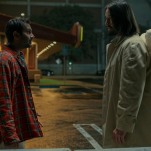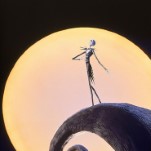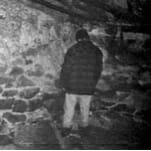What to Read If You Love The Last of Us
(Photo: Courtesy of HBO)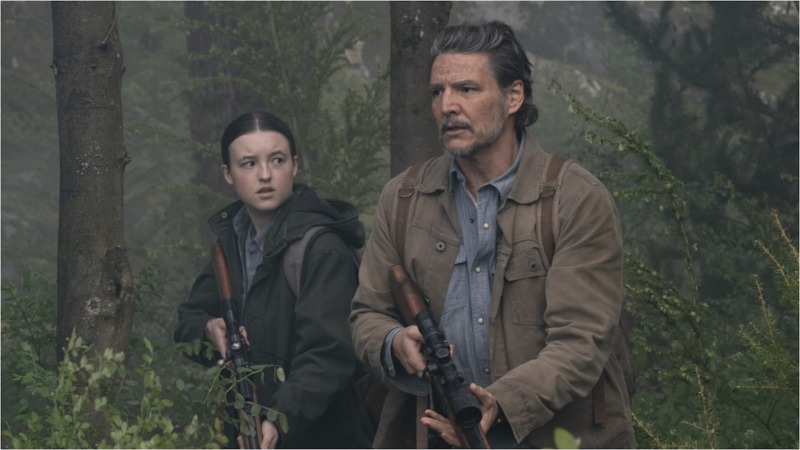
Good news, The Last of Us fans. The show will be back for a third season. Bad news: It’s likely to be some time before we get the chance to see it. According to star Isabella Merced, Season 3 may not film until 2026, which means we could be waiting until 2027 to continue Ellie and Dina’s journey. But, as always, books are here for us! And there’s no shortage of excellent post-apocalyptic fiction that fans of both the HBO series and the videogame franchise will enjoy.
Here are some recommendations for books that The Last of Us Fans should pick up to help make the wait for next season go by just a little bit faster.

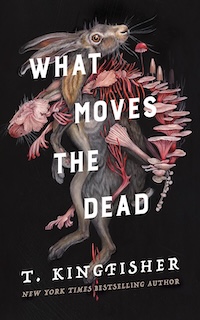
What Moves the Dead by T. Kingfisher
Technically, T. Kingfisher’s What Moves the Dead is a retelling of Edgar Allan Poe’s “The Fall of the House of Usher,” but The Last of Us Fans will undoubtedly be drawn to its vivid atmosphere, uncomfortable sense of creeping dread, and, of course, the toxic fungus at its center.
The story follows Alex Easton, a non-binary retired soldier from the fictional country of Gallacia, who is summoned to rural Ruravia to help a dying childhood friend, Madeline Usher, by her brother Roderick. Shocked at the emaciated, obviously ill state of both Usher siblings, as well as the dilapidated state of the crumbling Gothic manor they live in, Easton is unsure both of what to blame for their rapid decline and how best to help them recover. What follows is a story with everything from vague creepiness to outright body horror, complete with a pack of disturbing rabbits that exhibit increasingly odd and violent behavior outside the compound’s wall.

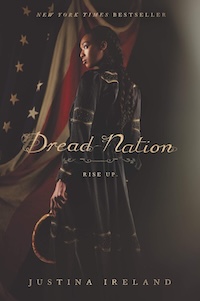
Dread Nation by Justina Ireland
An alternate history in which the U.S. Civil War was derailed when the dead began to rise during the Battle of Gettysburg, Dread Nation mixes horror and historical details to create something both new and fascinating.
The task of killing the dead ultimately falls to Native Americans and Black people, taken from their homes and forced into special training schools where they learn to fight the beings known as shamblers. Ireland deftly uses her alternate Reconstruction-era America to explore the ways that this country has always trafficked in racial oppression, and her heroine, Jane McKeene, boasts a shrewd mind and a quick hand with a scythe.

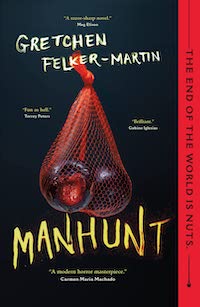
Manhunt by Gretchen Felker-Martin
One of the best horror novels that hit shelves in recent years, Manhunt, much like The Last of Us, puts an entirely new spin on the zombie virus trope. It follows the story of a handful of survivors in the aftermath of a deadly plague that turns men—or anyone with enough testosterone in their body—into rabid, murderous monsters.
Full of visceral action and lots of gore, Felker Martin deftly explores thought-provoking ideas of morality and gender through the tale of Beth and Fran, two trans women in New England who harvest the organs of feral men in the hopes that it will protect them from the same fate and dodge TERF militias seeking to establish a new matriarchal nation state.

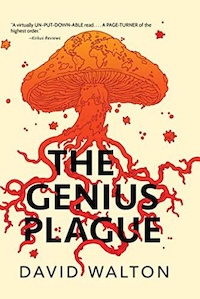
The Genius Plague by David Walton
It’s possible none of us noticed exactly how many horror and horror-adjacent stories involve fungus until we all saw The Last of Us, but there really are a lot of them. In The Genius Plague, a mind-controlling fungus gifts those who are infected with it enhanced cognitive abilities—they’re more intelligent, have better, near-photographic memories, and radically improved communication skills—but ties them all together into a vast organic neural network that seems to be slowly eradicating free will.
As more infected emerge, governments begin to fall, and strange assassinations take place, one brother must use his connection to his infected sibling to try and save not just his brother, but the whole world.

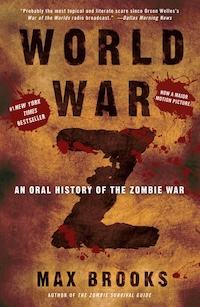
World War Z by Max Brooks
A fairly traditional, but strangely realistic tale of the zombie apocalypse, World War Z aims to present a panoramic view of the world in crisis, as a zombie plague rages from the villages of China to the Rocky Mountains of North America and everywhere in between.
Told via a collection of oral tales and interviews with survivors that range from cautionary tales and conspiracy theories to historical reminders, military strategy, and bits of pop culture, Brooks’ novel captures the range of emotions that gripped humanity during one of its darkest moments, from fear and horror to anger and determination. This novel won’t be for everyone, but its unique storytelling style makes it an automatic standout.

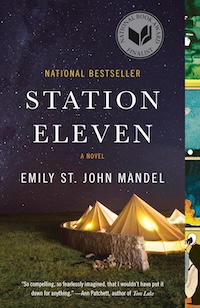
Station Eleven by Emily St. John Mandel
Set 15 years after a devastating flu pandemic decimated most of the population, Emily Mandel’s tale of a traveling theater troupe that tours the survivor outposts in the Great Lakes region performing Shakespeare is both haunting and horrifying.
The story shifts back and forth in time, depicting the days immediately before society’s destruction and its aftermath, as the troupe finds themselves trapped at an outpost with a violent prophet who threatens anyone who tries to leave. (If you’re looking for something else to watch after The Last of Us, the HBO adaptation of this novel is equally great.)

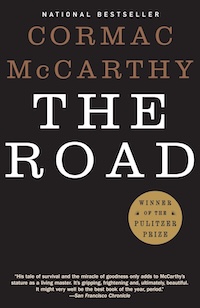
The Road by Cormac McCarthy
The Road was a Very Big Deal when it was published back in 2006, essentially launching the post-apocalyptic media boom we’re still enjoying today. Many Last of Us fans have probably already heard of this story—it’s said to have partially inspired the videogame—but it’s so good and so influential that it belongs on this list anyway.
McCarthy’s story of a father and son on a journey through the ruins of post-apocalyptic America is rough, stripped down, and bleak. Yet the raw intimacy in the book’s central relationship will appeal to anyone who appreciates the bond between Joel and Ellie, and though it’s full of grim, uncomfortable imagery, it’s also a story of the way love can be a lifeline even in the darkest of times.

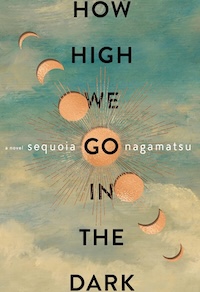
How High We Go in the Dark by Sequoia Nagamatsu
If what appeals to you most about post-apocalyptic stories is the worldbuilding that surrounds them, How High We Go in the Dark is the story for you. Featuring a sprawling cast of interconnected characters and stories that illustrate the ripple effects of a 30,000-year-old Arctic plague, the book imagines what happens when a group of scientists discover the preserved remains of a girl buried beneath the ice.
The stories chronicled herein take place over hundreds of years, both during the pandemic and its aftermath. Full of horror, heartbreak, and survival, Nagamatsu explores everything from the commercial aspects of mass death to the myriad ways those left behind process their grief and loss. Not always an easy read by any stretch, but certainly a memorable one.

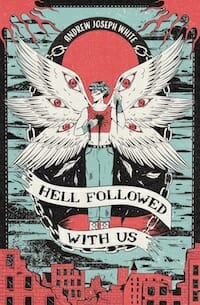
Hell Followed with Us by Andrew Joseph White
A pitch-black dystopian nightmare rippling with righteous fury, Hell Followed With Us is not for the faint of heart. Full of explicit violence and shockingly detailed body horror, the story follows Benji, a young trans boy who flees the cult that raised him, which released a deadly virus to “cleanse” the Earth. Billions died in their so-called “Flood”, but Benji, who was injected with a perfected version of the virus known as “Seraph”, is being transformed into a living bioweapon.
The process is unstoppable and irreversible, and part of the tragedy of this story is watching Benji slowly lose himself to the virus, just as he’s decided to finally lay claim to who he really is. But when he’s rescued by a ragtag group of queer resistance fighters, he at least gets the chance to finally choose his own faith.

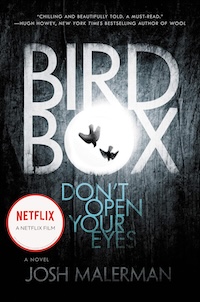
Bird Box by Josh Malerman
If you’re only familiar with Bird Box from the (admittedly pretty great) Netflix film that starred Sandra Bullock, do yourself a favor and pick up the briskly paced, high-tension novel it was based on. Set in a dystopian future where the world’s been run over by creatures who immediately make anyone who sees them go mad, the story is dark in every sense of the word.
Claustrophobic and unbearably tense, Malerman crafts a nightmare world where everyone must stay inside, cover their windows, and wear blindfolds if they venture outside. Heroine Malorie lost her sister to madness-induced suicide, so she’ll do anything to find a safer place to live when she realizes she’s pregnant. In a secondary timeline set four years later, we follow her journey of escape from that allegedly safer location. It’s a lot.

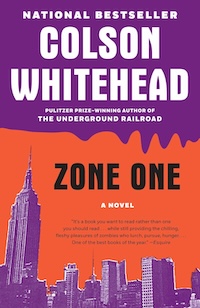
Zone One by Colson Whitehead
A dystopian zombie tale from the author of The Underground Railroad, Zone One is set in New York City in the aftermath of a deadly plague. Armed forces have reclaimed Manhattan, but plague-ridden squatters remain, particularly in “Zone One”, the area south of Canal Street.
The story follows Mark Spitz, a sweeper from one of the civilian units charged with clearing out the remaining feral zombies, and is told across dual timelines, alternating between flashbacks to his struggles during the worst of the outbreak and his present-day struggles with what is known as “Post-Apocalyptic Stress Disorder”.
Lacy Baugher Milas is the Books Editor at Paste Magazine, but loves nerding out about all sorts of pop culture. You can find her on Twitter and Bluesky at @LacyMB










